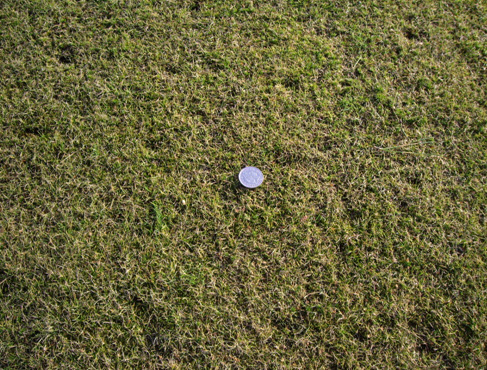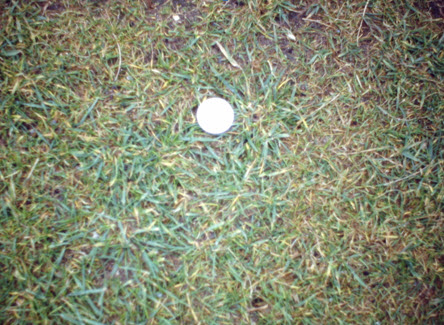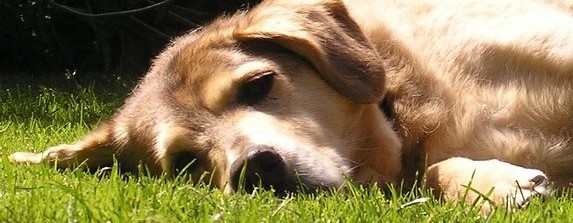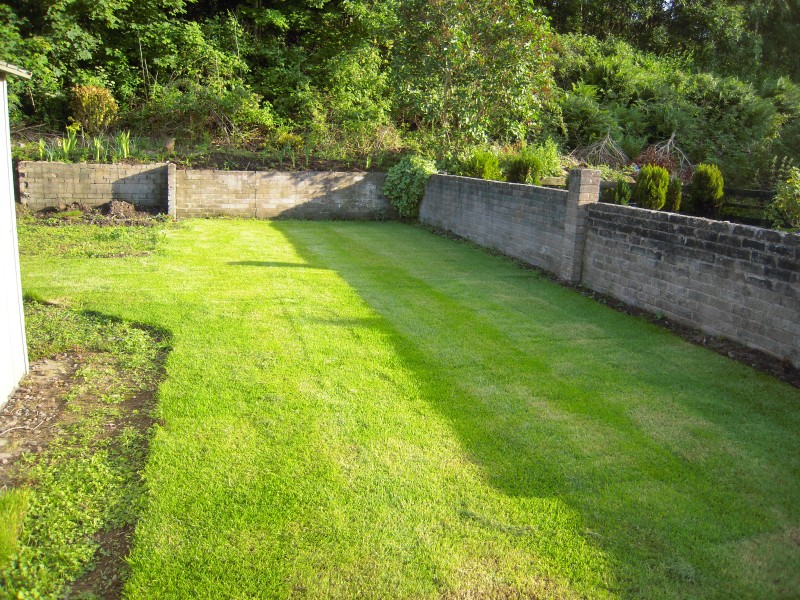
Grass types and how they affect Lawn Care
There are literally hundreds of different grass types which, to the layman, mostly look the same. It’s green, it’s grass, after all! Well, the fact is that as far as our lawns are concerned in the UK climate, and in fact most of the US, there are only five types of grass that really matter. They are chewings fescue, creeping red fescue, brown top bent, perennial ryegrass, and annual meadow grass.
In this article I’m going to talk a little about these types of grass and when you should be using them. I hope you find answers to your questions, and remember, once you’ve decided what grass type you need, stop by the grass seed department in our shop to pick up a bag, with free delivery included.
Grass Types, or Cultivars?
So, we’ve already talked about the fact that there are many different types of grass growing around our planet. Well, to complicate matters even further every type of grass has a vast number of what are called cultivars, a term used to describe interbreeding of grasses to combine the best characteristics in one plant for any given application. For example, high drought tolerance or very good wear resistance.
Again, this is something that really doesn’t need to be taken into consideration unless the lawn in question is being maintained with a specific objective in mind, say possibly as a putting green or croquet lawn.
Common UK and US Grass Types

The most common grass found in UK, US and other temperate climate lawns is perennial ryegrass as it has historically been substantially cheaper than any of the others, and is also seen as being very resistant to heavy use. This is mainly because of the fact it is a fast growing grass which recovers quickly when put under stress, certainly a very useful trait when, for instance, being used as a play area.
The downside is that it requires very regular mowing, at least twice per week, needs substantial fertiliser input to keep it healthy, and produces large amounts of cuttings which then have to be disposed of. For these reasons alone I would always advise against the use of ryegrass on its own, even though the modern cultivars are a lot finer leaved and slower growing than in the past.
The other grass most commonly found in UK and temperate US lawns is annual meadow grass, even though it is never introduced deliberately. This is because it is classed as a weed grass, successfully colonising and surviving in the most inhospitable places such as cracks in pavements because of its ability to produce huge amounts of seed and its dense, shallow rooting system.
Because of its opportunist nature, annual meadow grass will quickly take hold in any areas of bare soil in a lawn caused by wear, disease etc, more of which later. You might think this trait might be good in a grass, but as its name suggests it is an annual grass, dying or becoming very weak in the winter, and then reproduces by producing copious amounts of seed heads which are very unsightly in any lawn. Some of the meadow grass plants will survive and become more of a perennial but are still less hardy than the others.

This brings me to the other three grass types I mentioned above, creeping red fescue, chewings fescue, and brown top bent. These are the grasses most commonly used on golf courses and bowling greens as they are fine leaved, slow growing, and naturally deep rooted. This is because they are the grasses indigenous to infertile ground such as linksland, the sand dunes and salt marshes between land and sea, and heathland.
These characteristics are highly desirable in any grass sward as they require less water, less fertiliser, and most importantly, less frequent mowing . The best ground cover is achieved by a mix of two, or even all three, of these grasses , as the growth habits complement each other, and any problems with disease will normally only affect one of them at a time, so restricting the damage.
An Ideal Mix of Grass Types
Looking at all that I have talked about above, the ideal lawn, therefore, would be one that can be constructed from the base up using free draining materials and topped off with fescue and bent grasses. In reality, though, most existing lawns are built on far from ideal ground with all sorts of grass cover, some good, some not so good.
Sometimes, when faced with a really bad mix of grass types, I choose to start from scratch, taking up the existing lawn and seeding a new one. I hope this article has given you some helpful information on what types of grass you should look for when planning a new lawn. If you’re looking to buy some seed, stop by our grass seed shop and have a look at our selection – we have free delivery on all seed at the moment.
Otherwise, I’d love to hear what you think of this article, or answer any questions you have. Please leave any comments or questions in the comments area below and I’ll do my best to answer them.
Thanks for reading!



please can you assist we have a relatively small lawn however we have 2 small dogs so we suffer badly with brown urine patches all over the lawn – i have tried everything from rocks to diets but heard there is a hardy grass we can purchase which impervious to urine stains is this correct if so where can i get it – dont tell us to get rid of the dogs please – thanks a lot look fward yr reply
Did anyone / Does anyone have any suggestion ref Dogs urine on your grass or possibly there is a grass which is more resilient to dog urine ?
Hi David, dogs urine is quite destructive on fine turf such as lawns. This is caused by the ammonia (which is actually a fertiliser), scorching the grass because it is in concentrated form. Bitches are worse than dogs, especially when in heat. Two things you can do, either watch the dogs, and soak each patch after the dog urinates to dilute the ammonia, stopping it burning the grass. Or more practical, have a bucket of sand/compost with some grass seed prepared each week, and then rake any burned areas before applying the mix at the end of each week. This allows the seed to germinate before application, filing in the patches quickly.
I hope this helps you. Duncan.
This is very useful information! Choosing the type of grass suited for your lawn is important if you want something for the long term. Hey, our site has all the list of the best grass seed. Visit us to find out more!
Regardless of where you live, it’s always a good idea to know the type of grass you have. Once you know, it will then be easier to take care of. If you happen to have the ryegrass as you described above, then you should take a bit more care of it. Like you said, it does grow quite fast so you’d have to mow it a bit more often than usual.
I had no idea there were so many types of grass. Like you said, it’s a good thing our grass can recover from stress so fast, since we have six kids who play on it. It does take a lot of mowing, but I don’t mind that.
Не забудете?
having turfed my lawn about 7 years ago and it looking stunning(people would tug it thinking it was false) this year it is looking not so good. it seems to have a lot of rye grass in clumps all over the lawn. is there anything to combat this or will it need re-laying?
Hi Darryl, The dry weather has maybe been retarding the finer grasses, allowing the rye to show up more. It could also be birds bringing in seed to cause contamination. Three things you can do, make sure adequate water is applied to keep the fine grasses healthy, apply a liquid fertiliser with wetting agent and seaweed, and lightly scarify every two to three weeks. You can use a dash of washing up liquid, such as from Aldi or Lidl, as a wetting agent on lawns. I hope this helps you get back your pristine lawn.
Duncan.
Question, does anyone know if certain grass types can be harmful at all to animals? Just curious because as dogs do, mine tends to eat grass from time to time and I’m just wondering if there was a way I could make sure it at least has nothing toxic in it.
I am pretty sure there are no grass types that cause harm to animals.Dogs eat grass when they have upset stomachs, so find out what is causing that.
Cheers, Duncan